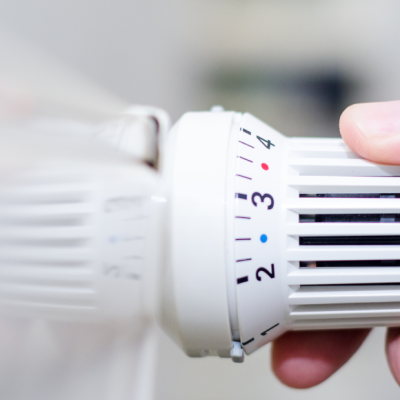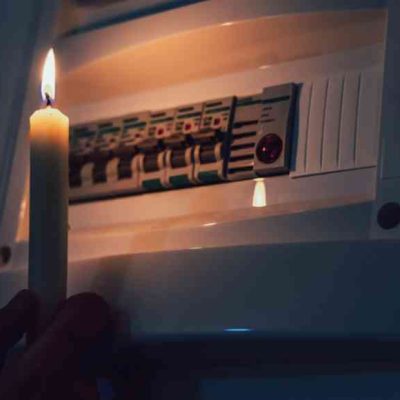Germany has created a detailed map showing where thermal aquifer storage can be used to heat and cool buildings using groundwater. With around one-third of energy consumption in Germany used for heating and cooling buildings, companies and scientists are looking for CO2-neutral alternatives to fossil fuels. One such alternative is thermal aquifer storage, which stores heat and cold in groundwater. Scientists at the Karlsruhe Institute of Technology have created a detailed map of Germany showing regions with good conditions for low-temperature aquifer thermal energy storage (LT-ATES). The map shows that 54% of the country has “good” or “very good” conditions for groundwater storage, with the greatest potential in the Upper Rhine Graben, the South German Molasse Basin and the North German Basin.
Aquifer storage is a CO2-neutral alternative to fossil fuels for heating and cooling buildings. The technology stores heat and cold in groundwater, which is then pumped up and used for heating or cooling when needed. Scientists at the Karlsruhe Institute of Technology have created a detailed map of Germany showing regions with good conditions for low-temperature aquifer thermal energy storage (LT-ATES). The map shows that 54% of the country has “good” or “very good” conditions for groundwater storage, with the greatest potential in the Upper Rhine Graben, the South German Molasse Basin and the North German Basin. However, the use of groundwater as an aquifer storage is limited in Germany by water protection areas. Aquifer storage is only possible in these areas in exceptional cases to protect drinking water extraction.










